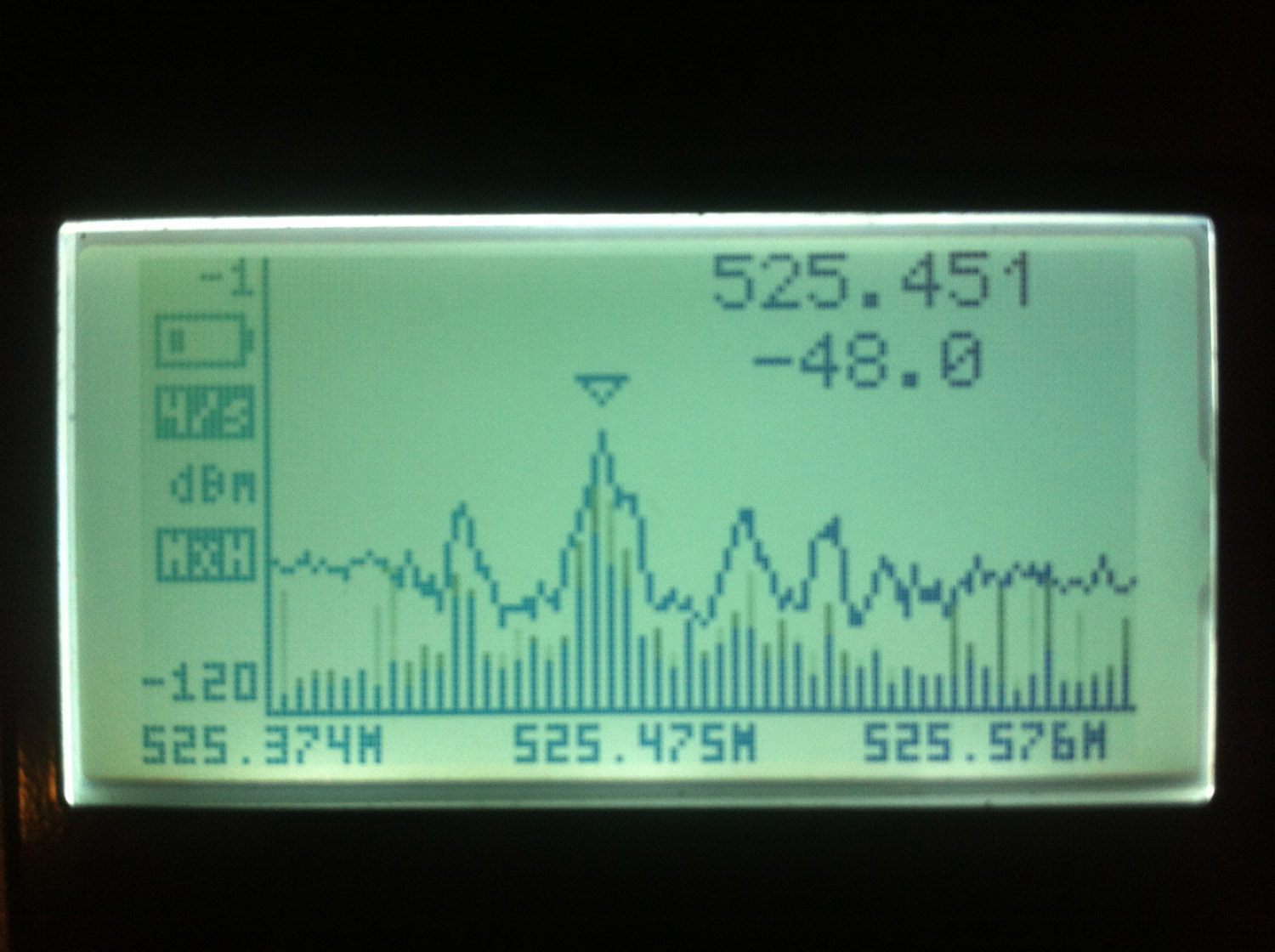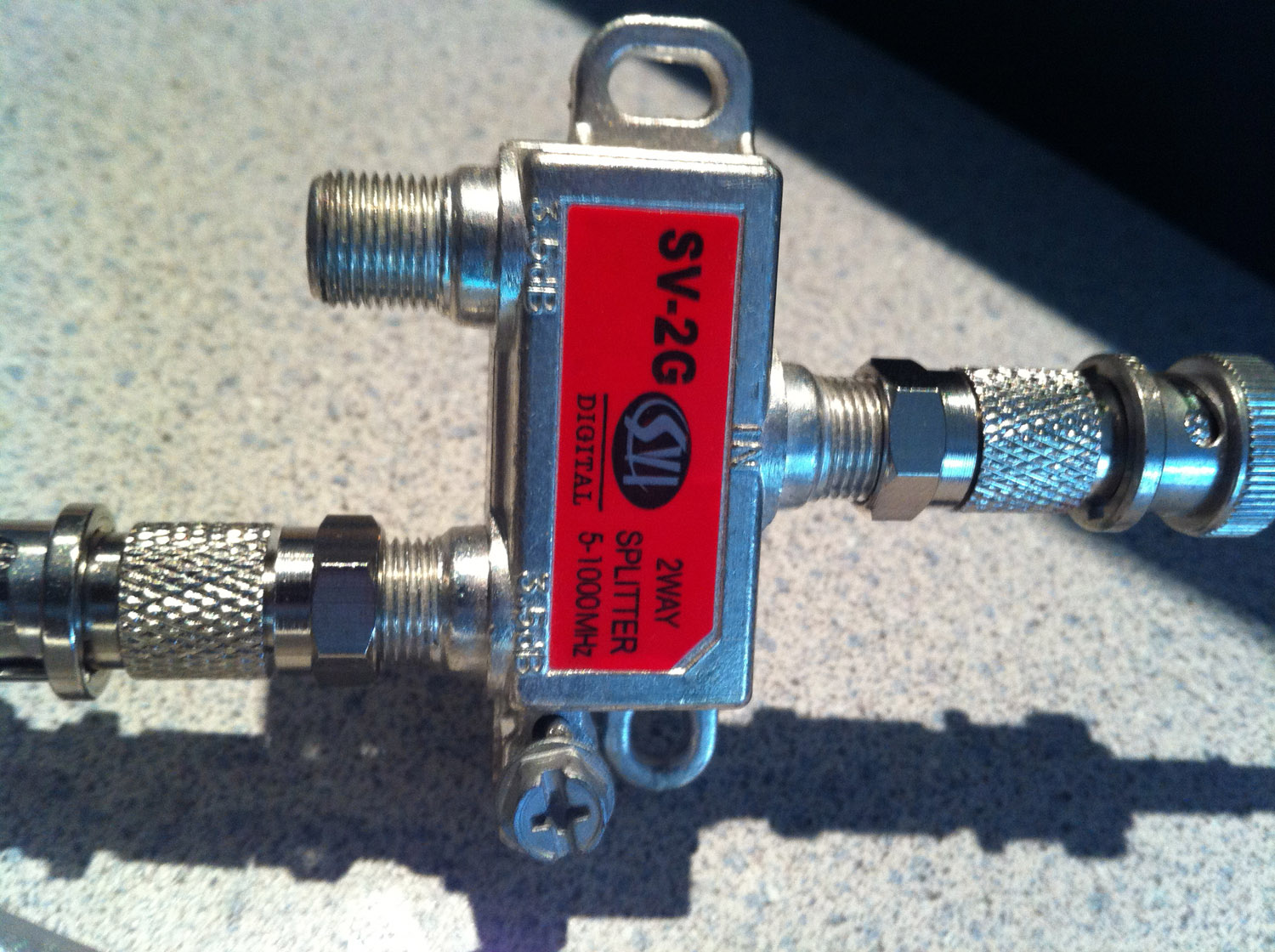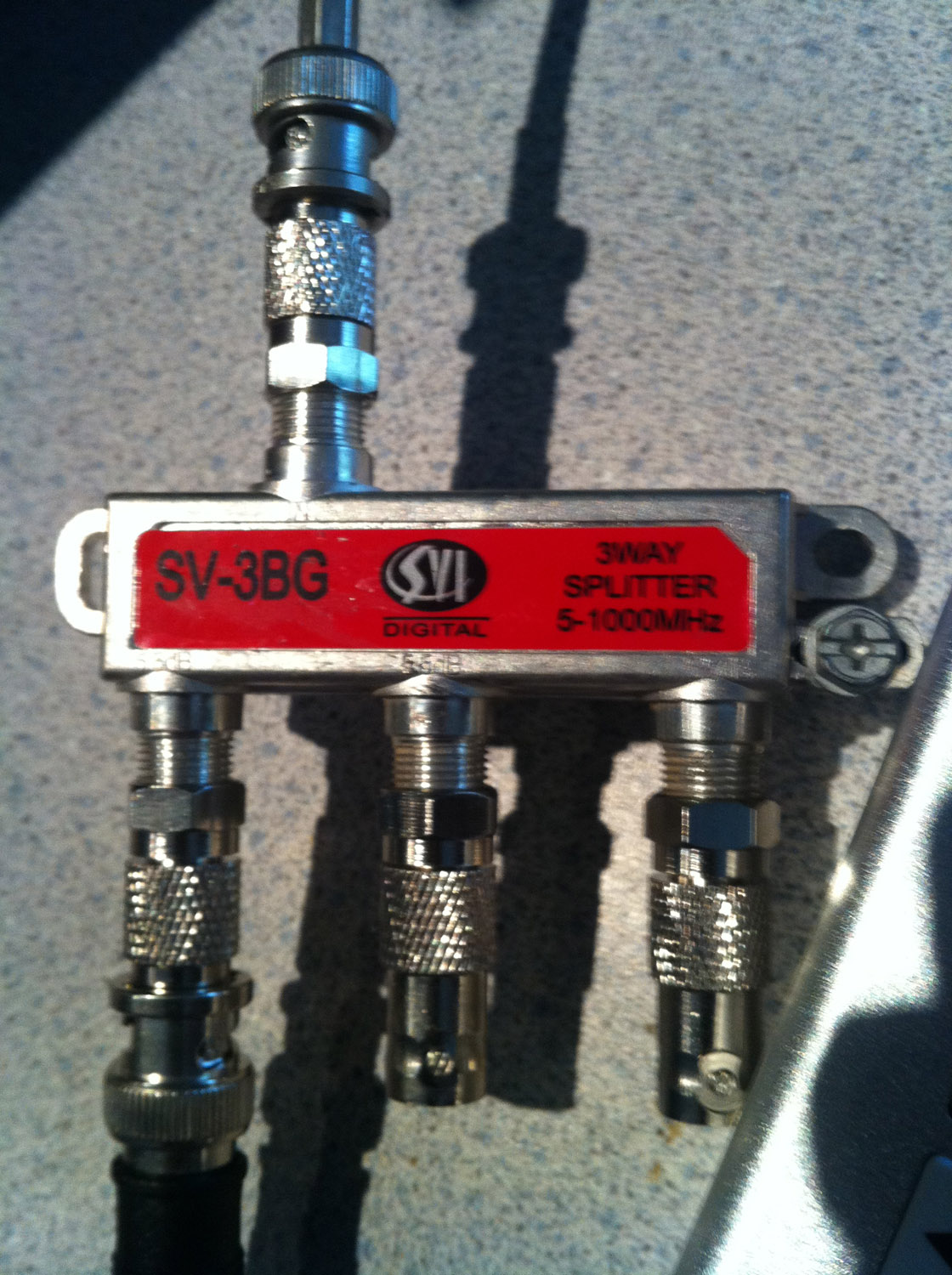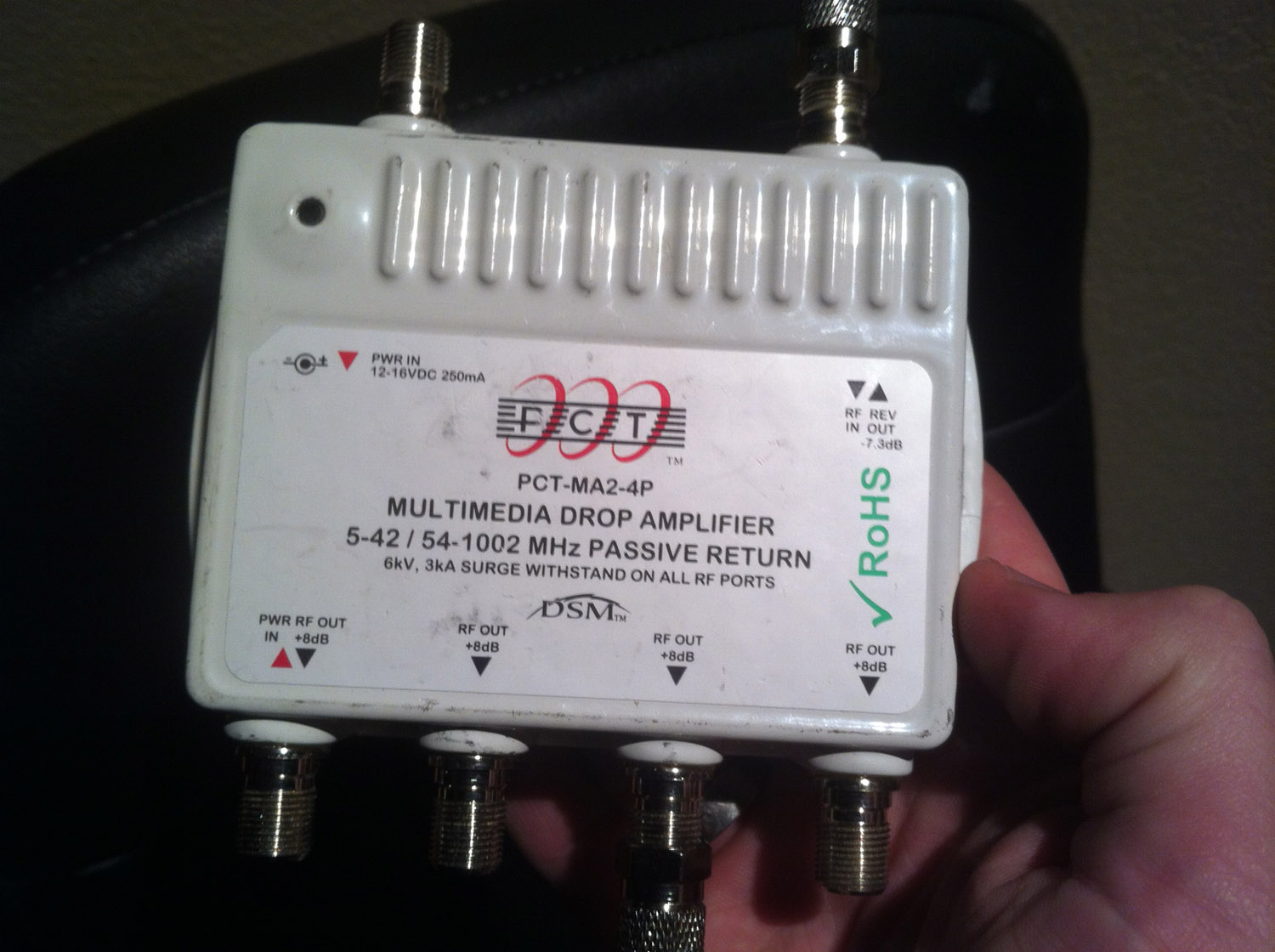In continuation to my previous post, I will start discussing how I solved the wireless distribution at my church in an economical way with a DIY Wireless Microphone Antenna Distribution setup.
One of my many hobbies include amateur radio, which is the personal & experimental use of specific radio frequencies established by the FCC. My callsign is KD7QCU. Basically, I am a big nerd of radio stuff. I get to talk to people all around the world with my radio and antennas outside of my house. It is quite a fun hobby and our technological age with regards to RF has a lot to thank the amateur community for experimenting with radio.
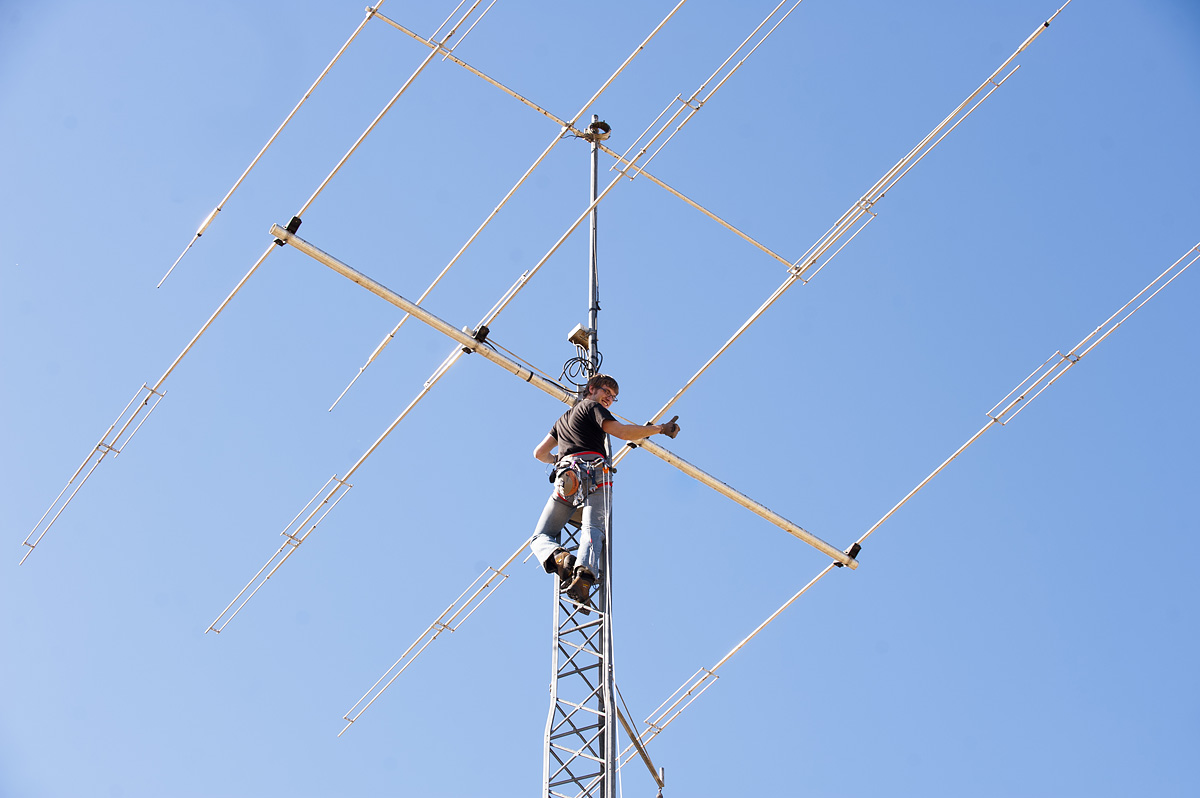
I figured in my mind that because TV and the wireless microphones share the same frequency spectrum, some of the tv splitters might work the same with wireless microphones as they do with TV. Thus, we find ourselves looking at a two-way coaxial splitter. This is something that you would connect your TV antenna to on one side. Then the outputs would go off to your different TV’s allowing multiple TV’s to get the same signal.
The coaxial splitter uses transformers or different combinations of resistors to split a signal to its separate outputs. Being that TV’s don’t transmit themselves, only receive signal, you can hook as many TV’s up as you want without causing harm to a television. Wireless microphone receivers do not transmit either, they only receive. So we can treat the wireless microphone receivers the same as TV’s.
I conducted a series of tests using the RFExplorer handheld RF spectrun analyzer. This analyzer has a 50 ohm SMA antenna port on it, so to connect the antennas up to it, I needed some adaptors. There was a SMA to BNC adaptor placed on the unit. Then from there I used a length of LMR 200 coax to connect into the different devices in test. A transmitter was placed onstage with a sine wave being played into it. This assured even signal transmission levels as the level did not deviate in amplitude.
First, I need to talk about an important unit, the dBm. This is the power ratio in decibels (dB) of the measured power referenced to one milliwatt (mW). dBm is a common unit for displaying signal strength. -73 dBm is an “S9” signal strength on an S-Meter on a common ham radio. Most 801.11 wireless network receive strength is between -70 dBm and -90 dBm with a maximum signal of -10 dBm to -30 dBm.
Baseline Test
My first test was to test the signal strength of a SLX body pack at different distances to see the dBm level. I plugged in a Shure 1/4 wave vertical antenna into the RFExplorer for the test. This is the stock antenna that Shure ships with their wireless systems. I then measured the following levels at 3 different distances.
- 10 feet = -30.5 dBm
- 25 feet = -41.5 dBm
- 50 feet = -52.0 dBm
The purpose of this initial test is to see how much signal should be going into the receiver at a max setting. I would presume Shure would make their receivers work with the transmitter right next to it, without overloading the receiver. Taking this presumption, I can now say that -30.5 dBm would be a good maximum receive strength to have at the receiver without causing any overload of the receiver. So in any of my testing I am wanting to make sure the receiver does not receive any more signal than -30.5 dBm.
My next test would involve connecting the spectrum analyzer up to the stock antenna and Shure UA221 splitters which we use at North Ridge Community Church. The purpose of this test is to see the effective signal that the SLX receivers are getting from a microphone on stage. The arrangement of the setup you can see in this photograph below, it is part of the Shure dual side by side mounting kit, which uses two UA221’s to split two antennas off to the two receivers. Note where the antenna is located, next to metal. The signal strength read -68 dBm.
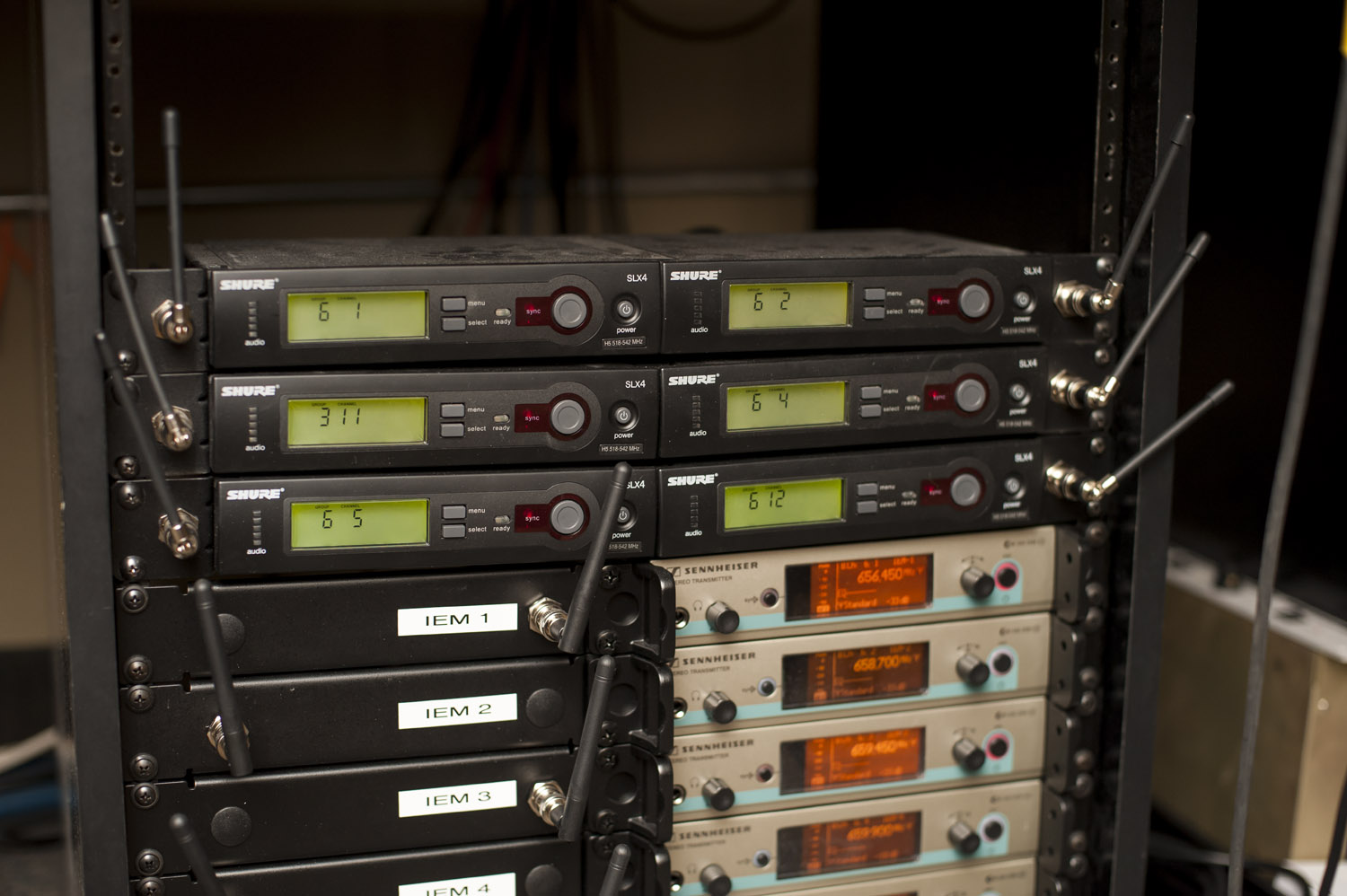
After this test I decided to test the signal strength in the same configuration, but moving the 1/4 wave vertical antenna into open space, meaning nothing around the antenna. The measured signal was now -56 dBm, a +12 dB boost. The reason for this is that the metal from the rack and mounting hardware of the SLX receivers was affecting the antennas ability to receive. Much like a tuning fork, antennas will resonate at certain frequencies, when metal gets near a tuned antenna, it will start to change the frequency that the antenna resonates at or change the impedance, both of which will affect signal quality, normally in a degrading way.
I was able to source a ham radio operator who manufactures antennas out of printed circuit boards. His callsign is WA5VJB. One of the antennas that caught my eye is a 400-1000MHz Log Periodic antenna. This type of antenna is directional, high gain and has a wide bandwidth. Also the 400-1000MHz has our wireless frequencies falling in that range. Shure sells a similar and more polished version of this antenna, they paint theirs black, add a mount to it and sell it for $200-$300. It just so happens that the WA5VJB log periodic can be grabbed for $25 off of his eBay store. The antenna comes with a spot for an SMA connector to be soldered onto the antenna. To complete the system, I needed to get an SMA to BNC adaptor cable which was sourced for $10-$15 off of eBay.
My next project was testing the Log Periodic antenna with the spectrum analyzer. I setup my test again with the sine wave into the transmitter and placed that onstage. The measured signal level came in at -43 dBm. This is a +25dB gain over the stock 1/4 wave vertical mounted in the rack. This antenna was attached to a clamp using a spring clamp, better results would be yielded if I removed the metal clamp and used a non-metalic mounting system.
Now that we have an antenna that yeilds better results than the stock 1/4 wave vertical, I want to be able to split this signal out to the different receivers. When you split a signal from one to two you will have a 3dB or more drop in signal. When you start splitting the signal to more devices you will have more dB loss. This is one reason I wanted to have a high gain antenna like the log periodic, to be able to have enough original signal to split to the 7 receivers.
There are two main types of Coaxial Splitters, active and passive. A passive splitter will use transformers and/or resistors to split the signal. An active will split the signal using powered circuitry and most of the time add a small signal amplifier to boost the signal. My first series of tests were to see if a passive two way splitter would produce the same results as the Shure UA221 splitter.
I sourced a SVI SV-2G two-way passive splitter with a bandwidth of 5-1000MHz. One issue is that the TV Coaxial splitters use F-Connectors, and most of the wireless products in the audio industry uses BNC. I decided to use an adaptor from F-Connector to BNC for the tests.
I attached the 1/4 wave stock antenna from Shure to the antenna port of the splitter. I then tested both outputs of the splitter and measured an expected 3.5 dB loss (the specs called for a 3.5 dB loss). The interesting thing is that the Shure UA221 measured a 4.0 dB loss. By these measurements the SVI coaxial splitter outperformed the UA221. I also listened to different audio coming through the wireless system to make sure that no audio degradation was present. No distortion or degradation was present on the signal.
Next, was to test a three way splitter. The SVI SV-3BG, same bandwidth of 5-1000MHz and an expected loss of 6.0 dB. After connecting and testing the three way splitter, I found the same expected loss as detailed on the unit.
After testing both the two way and three-way passive splitters, I wanted to test an active splitter. I found a 4 way PCT-MA2-4P active coaxial splitter, this requires a DC power source at 12-15v at 300mA. The spec’ed gain is +8dB. I connected and found the expected gain of +8dB. I also tested audio quality and found no change compared to the UA221.
I wanted to go into further testing of the amplified version compared to the UA221. I was worried at first of the amplifier inside of the splitter adding in noise. I attached the log periodic antenna to both the Shure UA221 and the PCT-MA2-4P and tested signal strength, noise floor level, and then calculated the signal to noise dB difference. Here is what I found:
Log Periodic into UA221
- Signal Strength: -46 dBm
- Noise Floor: -94 dBm
- Signal To Noise: 48 dB
- Gain Compared to 1/4 Wave rack mounted Antenna: +22 dB
Log Periodic into PCT-MA2-4P
- Signal Strength: -36 dBm
- Noise Floor: -88 dBm
- Signal To Noise: 54 dB
- Gain Compared to 1/4 Wave rack mounted Antenna: +34 dB
Not only did the PCT-MA2-4P allow the connection to twice the amount of devices, but also outperformed in the signal strength and signal to noise measurement. Comparing the signal strength of the amplified PCT-MA2-4P (-36 dBm) to the SLX transmitter at 10 feet (-30.5 dBm) has this still in a safe range for not overloading the receiver.
At this point, I knew this was promising! The use of inexpensive television coaxial splitters was a formidable option for wireless system antenna splitting. I am going to lead this post to an end. In the next post, in the following weeks, I will show you the application of using an 8-way active coaxial splitter in a wireless microphone system. Please if you have any questions, feel free to leave me a post below.
P.S. Some of you may argue that the TV Coaxial splitters are 75 ohm and that the conversion of a 50 ohm antenna to the 75 ohm splitter back to the receiver looking for a 50 ohm load will apply more loss than I measured here. While yes you do have a bit of loss from the conversion of 75ohm to 50ohm (less than a dB of loss), the spectrum analyzer, just like the wireless receiver has a 50 ohm connector on it. So any losses created by the 75-50 ohm conversion would be already calculated in my tests.
Read the rest of the series!
